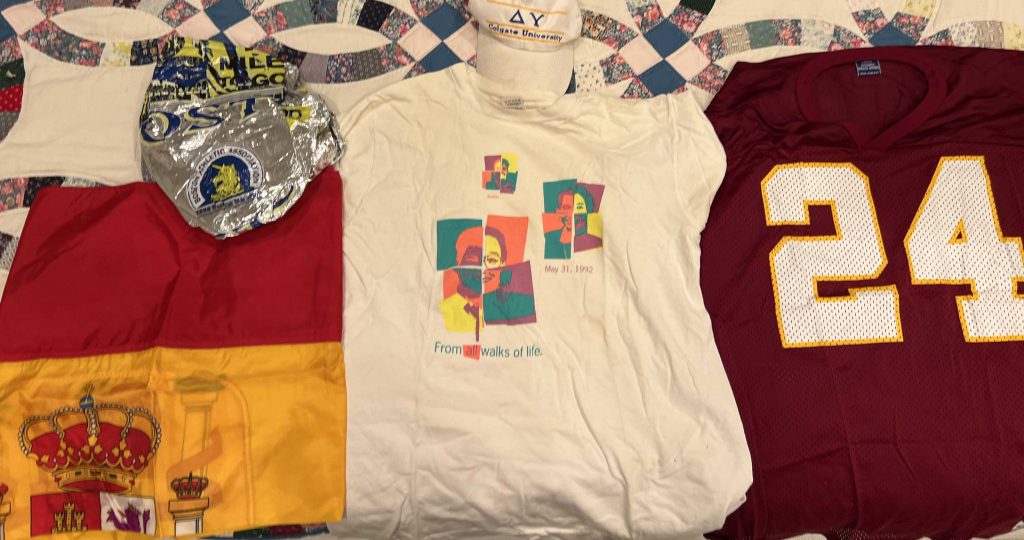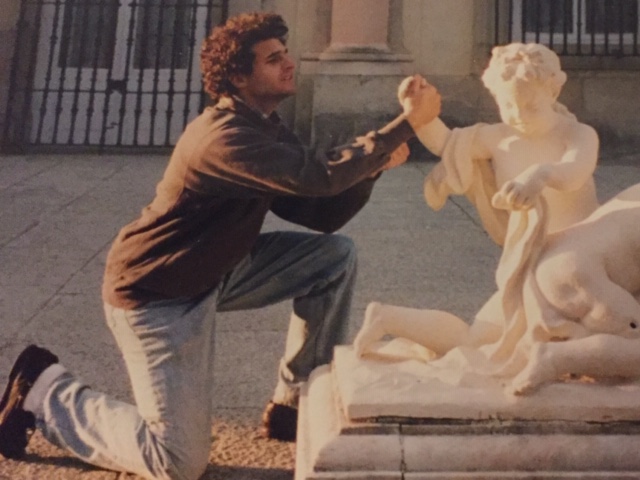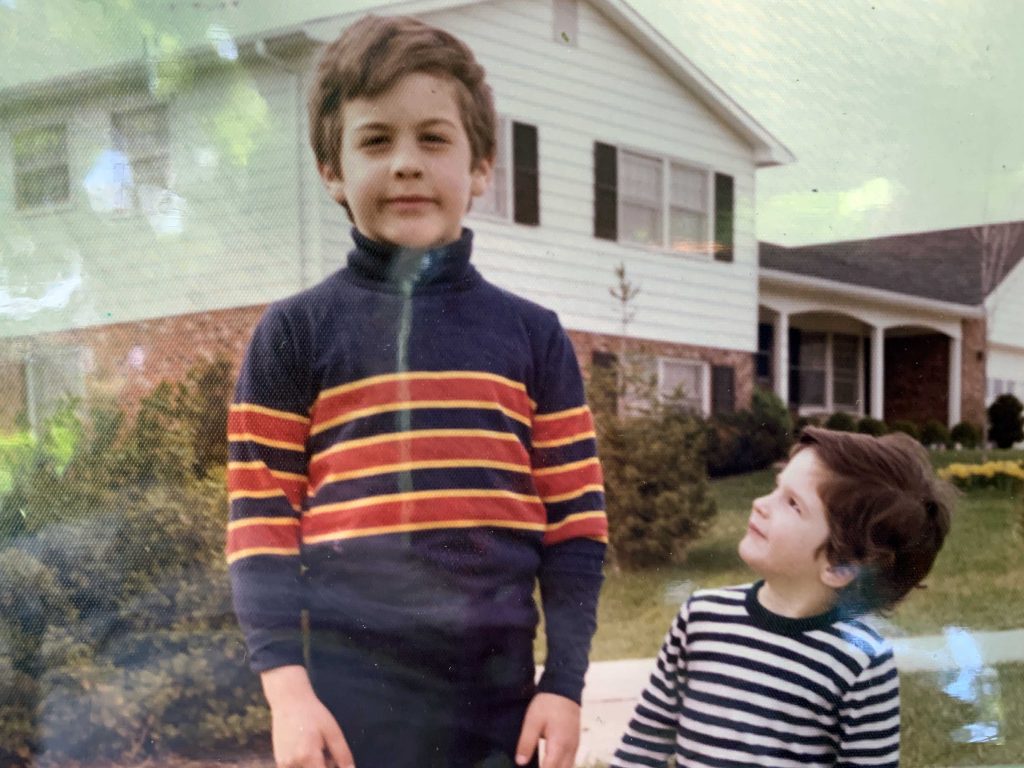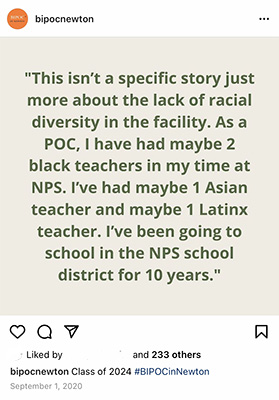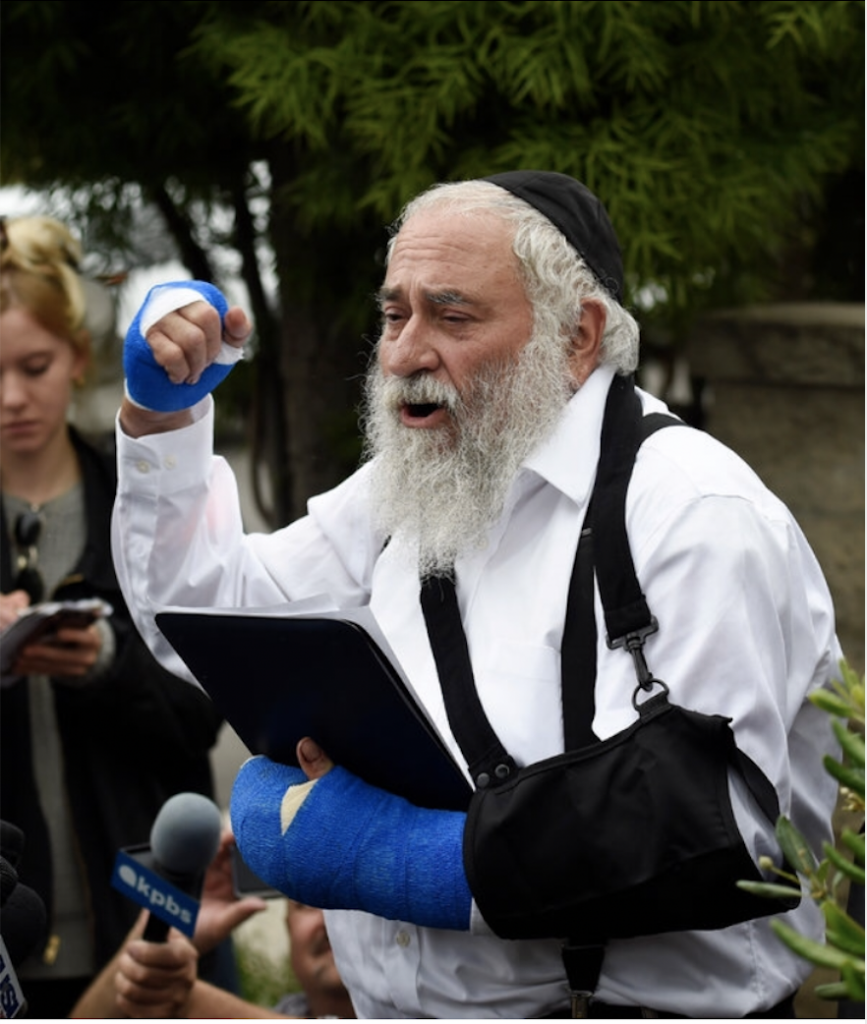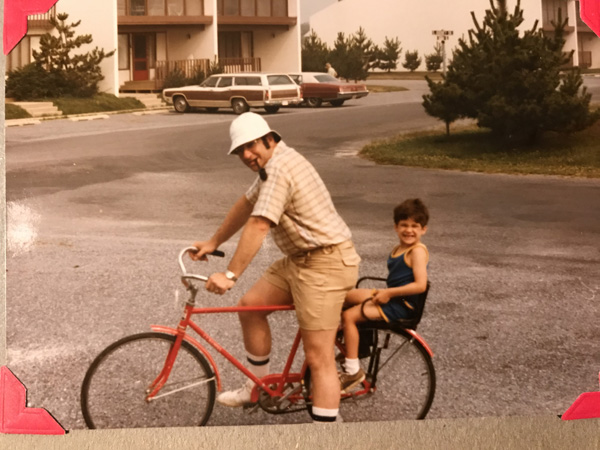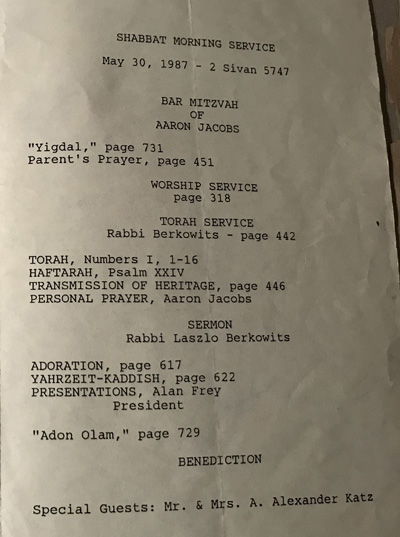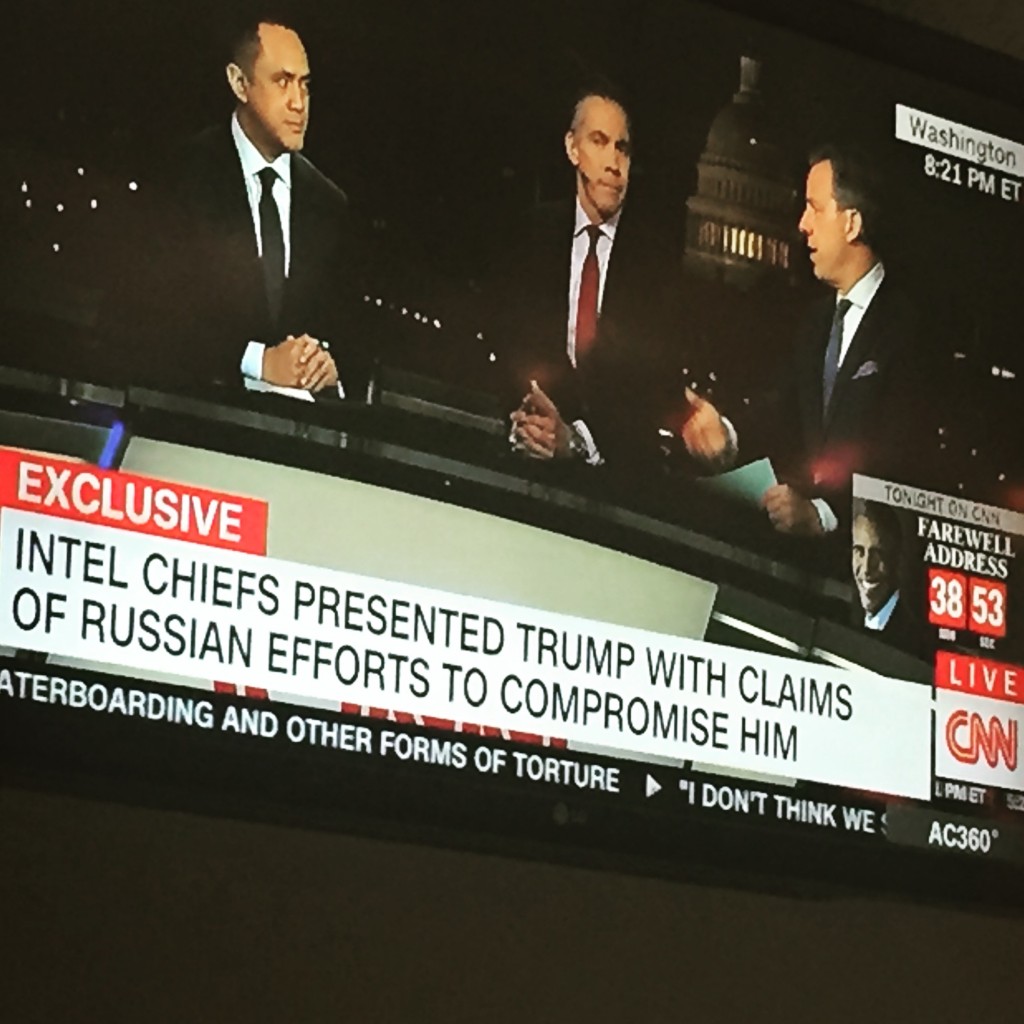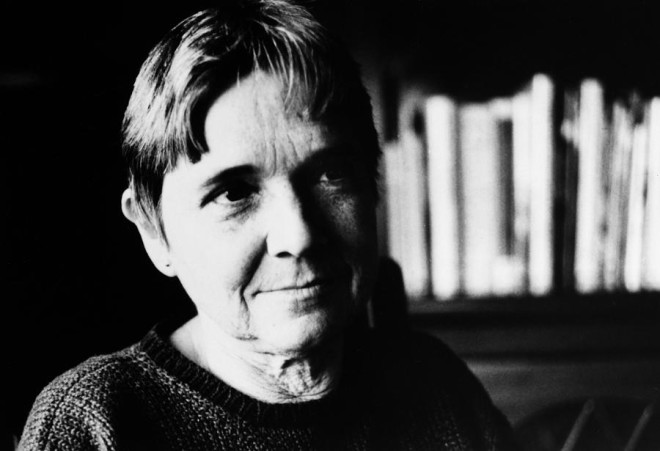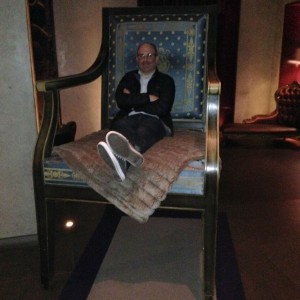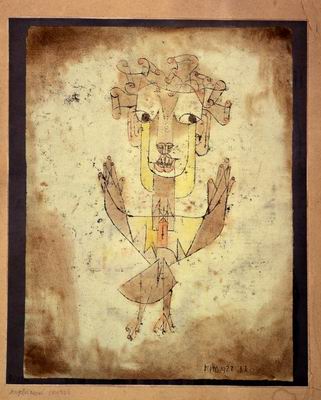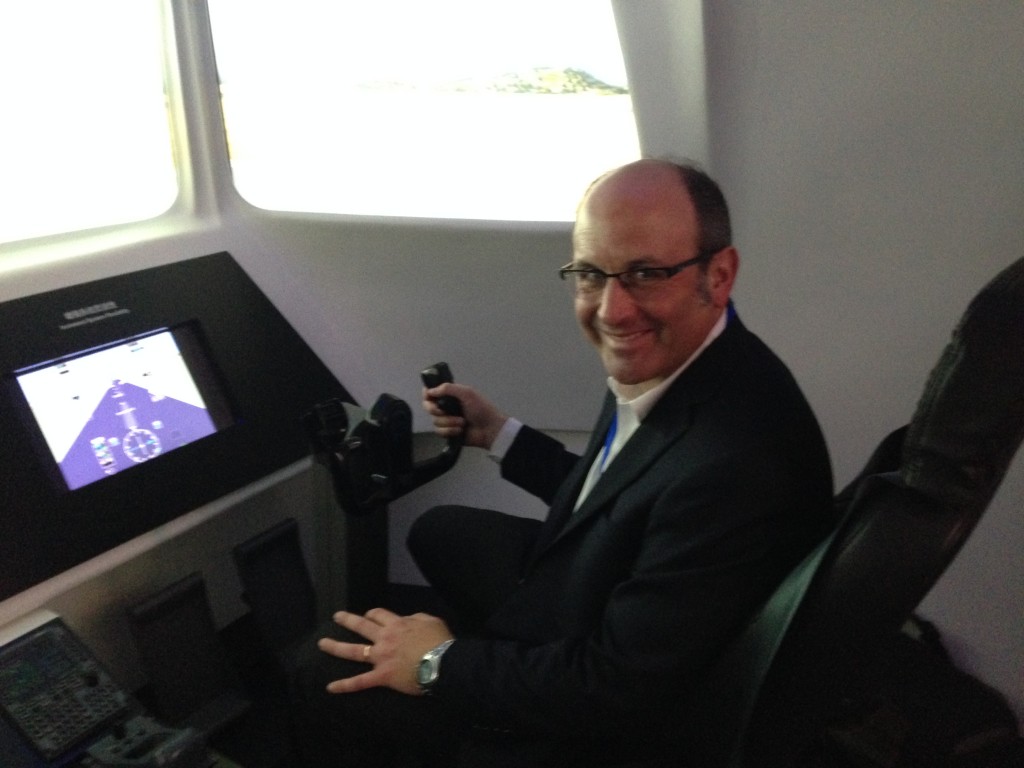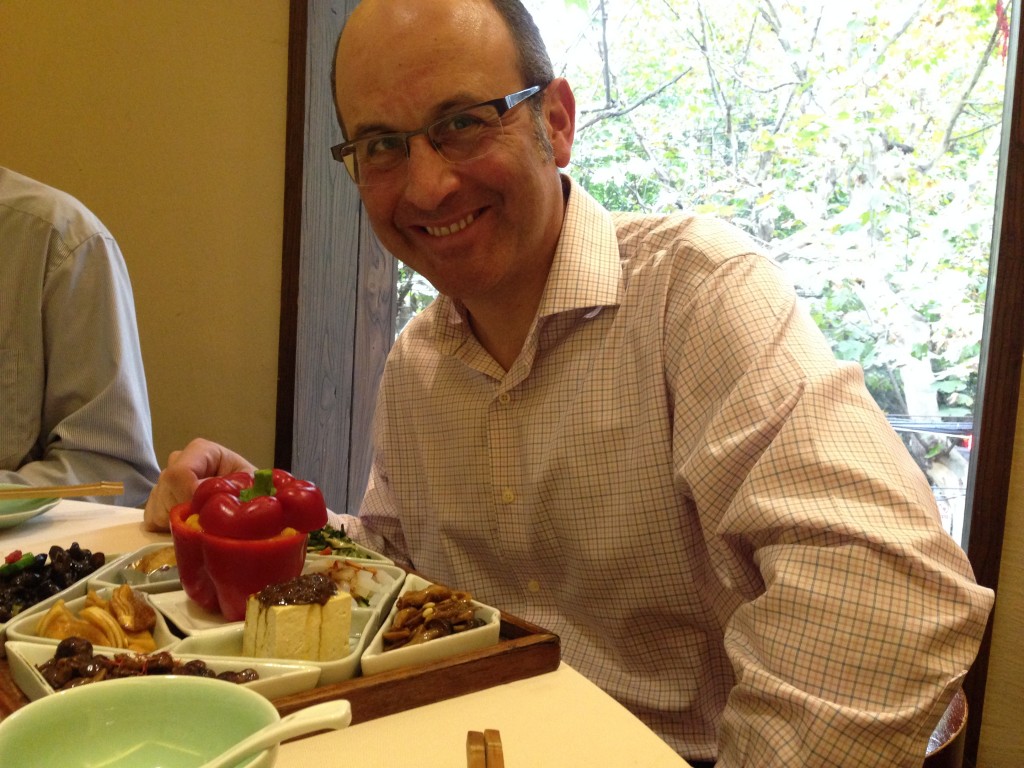
This September 11th is the anniversary of the day my brother, Aaron Jacobs, died in the World Trade Center in New York City. I’m writing out the place not only because it’s been twenty-two years and people forget, but because Aaron loved being a New Yorker in his 20s. I was blessed to live in Hoboken, NJ, those same years, and to spend time with Aaron and feel like we were friends and peers, unlike when I was a standoffish teenager five years older than him. We rollerbladed in Central Park, I met him for lunch near the WTC–and once on his trading desk, where the jovial lunkheads he worked with had studied up on literary terms and asked me how my onomatopoeia was going–and spent time in his two different tiny apartments.

As my kids get older I am entering a new season or climate of remembering Aaron. My oldest, almost 21 (!), is now having experiences that resonate with Aaron’s life at that age: she is studying Spanish abroad like he did, and has the wonderful opportunity to explore and define her identity outside comfy Newton, MA. She also encourages me to write more poetry, as Aaron did, and to follow some great advice I got from a poetry lecture this year, which is to not leave your readers or yourself as writer in despair at the end of all your poems. Taking that advice enabled me to celebrate Aaron’s positive self in the poem I share below, as well as the joy of his physical presence. And weirdly, I was reminded that Aaron’s mainstay baseball cap through college was from Davidson College, which AJ now attends.

At 22, this anniversary, Aaron graduated from Colgate with a Spanish / Philosophy double major and traveled around Europe with a college friend. He spent most of the summer teaching English to kids and adults in Cozumel, Mexico. I remember his story of telling one of the adult students he couldn’t date her and her asking, “PorQUE, Maestro?” (WHY, Teacher?). I love this episode from his life because it is a great example of how he wove in service and mentorship, and a love of other cultures, even as he became a successful Wall Street type. After the summer was over, he moved into a teeny apartment on the Upper East Side and started a trainee program at Cantor Fitzgerald, where he would eventually become one of their leading international stock traders. In this picture you can see the high-waisted jeans of the 90s on Aaron as he squeezes his belongings into a “studio” apartment. He had a great life in NYC…the US Open this week has reminded me of times we spent watching tennis matches and delving into amazing food neighborhoods along the 7 train in Queens.

Thank you to those who remember Aaron.
This poem celebrates Aaron’s restless physicality–a person who flapped his arms while running across NYC streets–and also recalls our grandfather, Samuel Jacobs, who family legend has it was the first person ticketed for jaywalking in New York City.
Jaywalker Coming back from New York City the offramp curve thunks me into the door and somehow you are back with me— your bird bones ready for running, the almost-unibrow that named you Sampras on or off the court— your spirit here at Old Exit 9 giving me a friendly shove through a rip in the years’ curtain, just like you butt in on any wide street to flap your arms, your jaywalk-bird across 5th Avenue still dancing through our kids you never met, and like you kick the pebbles I’ve made of myself these years to lay on top of monuments to you—as though your death in a tower confined your life in all its parts to some glum obelisk— so that even in this no-place where I-84 and 90 merge you help rip out the stitches I’ve sewn across myself—would-be tattoos of remembrance, a hitch in my tongue that’s kept your name, Aaron, from easy use— and all of us in this minivan can see the time we met here, you in your teal Accord driving friends from college, me coming up from NJ, both of us waving like crazy at the bonus hour to see each other home.


